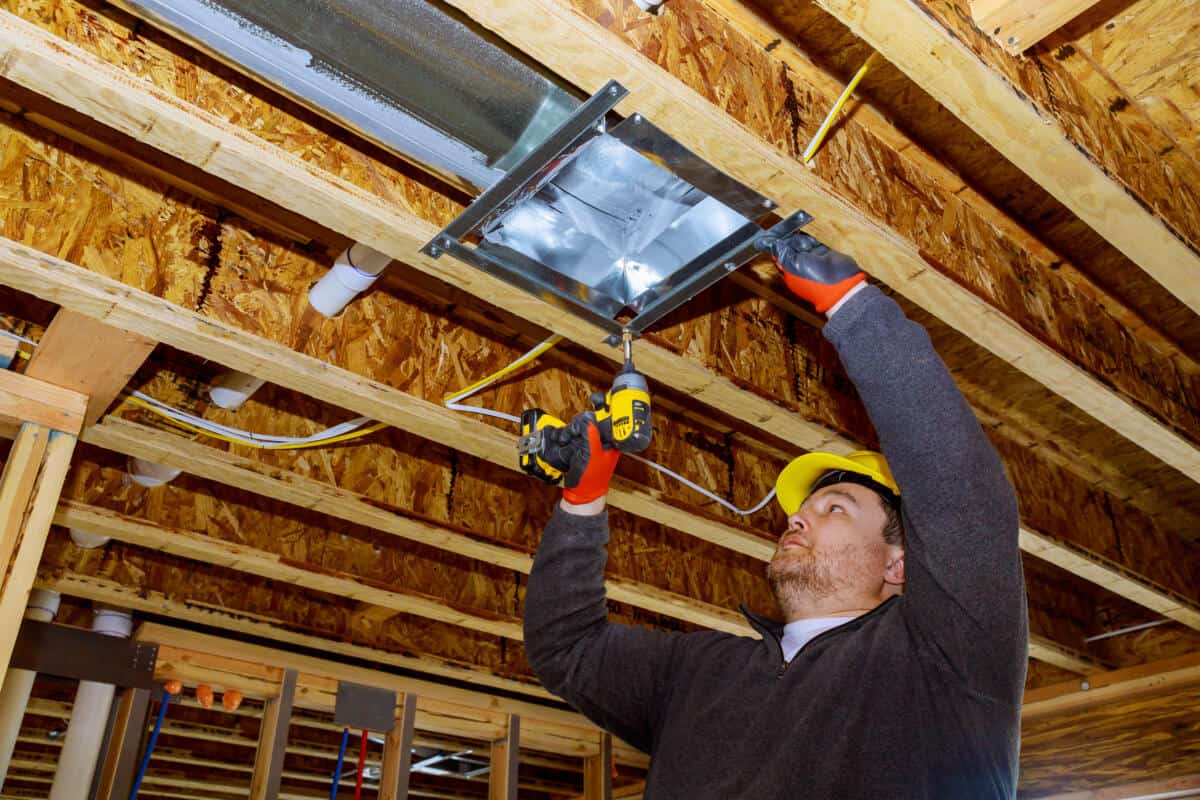

Articles
How To Ventilate A Basement
Modified: October 19, 2024
Learn effective methods for ventilating your basement with these informative articles. Discover helpful tips and techniques to improve air circulation and prevent moisture issues.
(Many of the links in this article redirect to a specific reviewed product. Your purchase of these products through affiliate links helps to generate commission for Storables.com, at no extra cost. Learn more)
Introduction
When it comes to maintaining a healthy and functional basement, proper ventilation is key. Basements are prone to high humidity levels, musty odors, and poor air circulation, which can lead to a host of problems, including mold growth, water damage, and compromised structural integrity.
In this article, we will explore the importance of basement ventilation and discuss the various methods and techniques that can be employed to ensure optimal airflow and air quality in your basement.
Proper basement ventilation not only helps to prevent moisture-related issues, but it also helps to create a comfortable and livable space. Whether you use your basement as a storage area, a home office, or an additional living area, ensuring good ventilation is paramount.
By understanding the significance of basement ventilation and implementing the right techniques, you can enhance the overall health, comfort, and longevity of your basement. So, let’s delve deeper into the world of basement ventilation and uncover the secrets to optimizing your basement’s air quality.
Key Takeaways:
- Proper basement ventilation is essential for controlling moisture, improving air quality, and preventing structural damage. Natural and mechanical ventilation techniques can be combined to create an effective and comfortable living space.
- When choosing a ventilation system for your basement, consider factors such as size, humidity levels, existing air quality concerns, energy efficiency, noise levels, budget, and maintenance. Professional guidance and regular maintenance are crucial for optimal performance.
Read more: How To Get Basement Smell Out Of Basement
Importance of Basement Ventilation
Proper basement ventilation is crucial for several reasons. Firstly, it helps to regulate humidity levels in the basement. Basements are naturally damp and prone to excess moisture, which can lead to mold and mildew growth. A well-ventilated basement allows moisture to escape, preventing the buildup of humidity and reducing the risk of mold and other related issues.
Secondly, basement ventilation helps to improve air quality. Due to the lack of natural airflow, basements often have stagnant air, which can cause musty odors and the accumulation of harmful airborne contaminants. Ventilating the basement regularly helps to remove these pollutants and freshen the air, making the space more pleasant and healthier to breathe.
Furthermore, proper basement ventilation can have a positive impact on energy efficiency. When a basement lacks ventilation, excess moisture can seep into other areas of the house, leading to damp walls, condensation, and increased energy usage due to the need for dehumidification. By ensuring good ventilation in your basement, you can prevent such issues and maintain energy efficiency throughout your home.
Another important aspect of basement ventilation is its role in preventing structural damage. Excessive moisture can compromise the integrity of the foundation and lead to the deterioration of building materials over time. By allowing fresh air to circulate and moisture to dissipate, proper ventilation helps to preserve the structural stability of your basement and extend its lifespan.
Additionally, if you plan to use your basement as a living space, office, or recreational area, ventilation is essential for creating a comfortable and enjoyable environment. Good airflow helps to regulate temperature, reduce humidity, and prevent stuffy and claustrophobic conditions in the basement, ensuring a pleasant experience for occupants.
In summary, basement ventilation is crucial for regulating moisture levels, improving air quality, promoting energy efficiency, preventing structural damage, and creating a comfortable living environment. By adequately ventilating your basement, you can avoid potential problems and make the most of this valuable space in your home.
Understanding Basement Air Quality
Basement air quality refers to the condition of the air within the basement space. Since basements are often underground and have limited natural ventilation, the air quality can be compromised if not properly maintained.
One of the primary factors affecting basement air quality is humidity. Due to its location below ground level, basements are prone to high humidity levels. Moisture can infiltrate through the foundation walls, floors, or during heavy rainfall, leading to dampness and excessive humidity in the air. This high humidity creates an ideal environment for mold and mildew growth.
In addition to humidity, basements can also contain other airborne pollutants. These pollutants may include dust, pet dander, volatile organic compounds (VOCs) from building materials or household products, and radon gas, a naturally occurring radioactive gas that can seep into basements through the soil.
Poor ventilation exacerbates these issues, as it allows pollutants to accumulate and stagnate in the basement. Without proper airflow, the basement becomes a breeding ground for mold, trapped odors, and other harmful substances.
It is important to note that basement air quality can affect the overall indoor air quality of your entire home. Since air circulates throughout a house, pollutants in the basement can easily spread to other living areas, potentially causing health problems or exacerbating existing respiratory conditions.
Monitoring and maintaining good basement air quality is crucial for the health and well-being of your household. Regularly assessing the humidity levels, addressing any signs of mold or mildew, and implementing proper ventilation techniques are essential steps in ensuring a healthy basement environment.
By understanding the factors that impact basement air quality and taking proactive measures to address them, you can create a cleaner and healthier living space for you and your family.
Signs of Poor Basement Ventilation
Poor basement ventilation can lead to a range of problems that can impact the overall health and functionality of your basement. It is important to be aware of the signs that indicate inadequate ventilation so that you can take appropriate measures to address them. Here are some common signs of poor basement ventilation:
- Musty Odor: One of the most apparent signs of poor basement ventilation is a persistent musty smell. This odor is often a result of high humidity levels and the presence of mold and mildew. If you notice a damp, stale, or moldy smell in your basement, it is a clear indication that the ventilation is not sufficient to remove excess moisture.
- Visible Mold or Mildew: The presence of mold or mildew is a clear indication that your basement is not adequately ventilated. Check for any visible signs of mold growth on walls, ceilings, or other surfaces. Mold thrives in moist environments and can have detrimental effects on both the structural integrity of your basement and the health of occupants.
- Condensation: Another sign of poor basement ventilation is the presence of condensation on windows, pipes, or other surfaces. Excessive condensation occurs when warm, humid air comes into contact with colder surfaces, leading to water droplets forming. If you notice a buildup of condensation in your basement, it suggests that the air is not circulating properly.
- Excessive Humidity: High humidity levels in the basement are an indication of poor ventilation. You may experience a sticky or clammy feeling in the air, and there may be visible moisture or dampness on the walls or floors. Excessive humidity not only promotes the growth of mold and mildew but can also cause damage to furniture, electronics, and other belongings stored in the basement.
- Poor Indoor Air Quality: Inadequate ventilation in the basement can result in poor indoor air quality throughout the entire house. If occupants experience persistent respiratory issues, allergies, or headaches when spending time in the basement, it may be a sign of poor ventilation. Stagnant air and the accumulation of airborne pollutants contribute to unhealthy indoor air.
- Increased Energy Costs: Poor basement ventilation can lead to increased energy costs due to the need for dehumidification. When excess moisture is trapped in the basement, it can spread to other areas of the house, making the air conditioning system work harder to maintain desired humidity levels. This can result in higher energy bills.
If you notice any of these signs in your basement, it is essential to address the ventilation issues promptly. Implementing proper ventilation techniques and improving air circulation will help to alleviate these problems and maintain a healthy and functional basement.
Factors to Consider for Basement Ventilation
When it comes to basement ventilation, several factors need to be considered to ensure an effective and efficient system. Understanding these factors will help you make informed decisions and choose the right ventilation methods for your basement. Here are some key factors to consider:
- Size and Layout of the Basement: The size and layout of your basement play a significant role in determining the ventilation requirements. Larger basements may require more powerful ventilation systems or multiple vents to ensure proper air circulation throughout the space. Additionally, consider the arrangement of rooms or partitions in the basement, as it may impact the airflow and distribution of ventilation.
- Humidity Levels: Basements are prone to high humidity levels, so it is essential to measure and monitor the moisture content. A ventilation system that effectively controls and reduces humidity is crucial to prevent mold growth and maintain a comfortable environment. Consider installing a humidity sensor or a dehumidifier as part of your ventilation system to regulate moisture levels.
- External Environmental Factors: The external environment can influence basement ventilation. Factors such as climate, weather conditions, and proximity to water sources can impact the moisture levels in the basement. If your basement is located in an area prone to excessive rain or high water table, you may need robust ventilation systems to handle any excess moisture intrusion.
- Existing Air Quality Concerns: Assess the air quality of your basement to determine if there are any pre-existing issues such as mold, radon, or contaminants. If your basement has poor air quality, additional measures may need to be taken beyond regular ventilation, such as mold remediation or radon mitigation techniques.
- Structural Considerations: Consider the structural elements of your basement when planning ventilation. Ensure that any ventilation additions do not compromise the integrity of the building. Seek professional guidance if necessary to ensure proper installation and to avoid any potential structural damage.
- Noise Levels: Noise can be a concern when selecting ventilation methods, especially if your basement is used as a living space or a home office. For quieter environments, choose ventilation systems that operate quietly or consider soundproofing techniques to minimize noise transmission.
Considering these factors will help you assess your basement’s ventilation needs and choose the most suitable methods and systems. It is essential to strike a balance between efficient ventilation and addressing specific issues or concerns unique to your basement.
Remember, consulting with a professional or an HVAC specialist will provide valuable insights and guidance tailored to your specific basement ventilation needs.
Read more: How To Insulate A Basement
Methods of Basement Ventilation
When it comes to basement ventilation, there are various methods and techniques that can be employed to ensure proper airflow and air quality. These methods can be categorized into two main types: natural ventilation and mechanical ventilation.
Natural Ventilation Techniques
Natural ventilation utilizes natural airflow and outside air to circulate and ventilate the basement. Here are some common natural ventilation techniques:
- Windows and Doors: Opening windows and doors in the basement allows fresh air to enter and stale air to exit. It is crucial to strategically place windows and doors to facilitate proper cross-ventilation and maximize airflow.
- Vents and Vented Doors: Installing vents or vented doors can help to promote air exchange and circulation. Vents can be placed near the top and bottom of the basement walls or in areas prone to moisture buildup. These vents allow for the natural flow of air, preventing stagnant conditions.
- Window Wells: Window wells are excavated areas outside basement windows that allow additional light, airflow, and emergency egress. Window wells with window covers can be opened to encourage ventilation while providing protection from rain, debris, and pests.
- Landscaping and Grading: Proper landscaping and grading around the foundation can play a role in basement ventilation. Ensuring that the ground slopes away from the foundation helps to prevent water from pooling around the basement walls, reducing the risk of moisture and humidity issues.
Mechanical Ventilation Techniques
Mechanical ventilation involves the use of mechanical systems and equipment to actively ventilate the basement. Here are some common mechanical ventilation techniques:
- Exhaust Fans: Installing exhaust fans in the basement helps to remove stale air and moisture. Exhaust fans work by extracting air from the basement and expelling it outside. It is important to place the exhaust fans strategically to ensure optimal air exchange.
- Air Purifiers: Air purifiers, such as HEPA filters, can help to remove airborne contaminants, particles, and allergens. While air purifiers do not provide direct ventilation, they contribute to improving air quality by filtering out pollutants.
- Dehumidifiers: Dehumidifiers are effective in controlling excess humidity in the basement. They work by extracting moisture from the air, helping to prevent mold growth and maintain more comfortable humidity levels.
- Ductwork and Ventilation Systems: Ventilation systems, such as a forced-air system or a heat recovery ventilation (HRV) system, can be installed in the basement to provide consistent and controlled airflow. These systems distribute fresh air and remove stale air, promoting proper ventilation throughout the space.
It is important to assess your basement’s specific needs and consider a combination of natural and mechanical ventilation techniques to create an effective ventilation system. Consulting with HVAC professionals can provide valuable insights and help determine the best approach for your basement ventilation requirements.
Natural Ventilation Techniques
Natural ventilation techniques utilize the natural airflow and outside air to circulate and ventilate the basement. These methods are effective in promoting air exchange and reducing humidity levels. Here are some common natural ventilation techniques:
- Windows and Doors: The simplest and most accessible way to introduce natural ventilation into the basement is by opening windows and doors. This allows fresh air to enter the space while allowing stale air to exit. It is important to strategically place windows and doors to encourage cross-ventilation and maximize airflow. Open windows and doors on opposite sides of the basement to create a cross breeze and facilitate air movement.
- Vents and Vented Doors: Installing vents or vented doors in the basement can significantly enhance natural ventilation. Vents can be placed near the top and bottom of the basement walls or in areas prone to moisture buildup. These vents allow for the natural flow of air, promoting ventilation and preventing stagnant conditions. Vented doors have integrated grilles or slats that allow air to pass through, facilitating airflow between different areas of the basement.
- Window Wells: Window wells are excavated areas outside basement windows that allow additional light, airflow, and emergency egress. By keeping window wells clean and free of debris, you can maximize natural ventilation. Window wells with window covers can be opened to introduce fresh air into the basement while providing protection from rain, debris, and pests.
- Landscaping and Grading: Proper landscaping and grading around the foundation can also contribute to natural basement ventilation. The ground surrounding the basement should be properly graded to allow water to flow away from the foundation, preventing water from seeping into the basement. Additionally, strategic landscaping can be implemented to create airflow channels. Planting shrubs or trees in specific locations can help direct air towards windows and vents, encouraging natural ventilation.
- Cross Ventilation: Cross ventilation is a natural ventilation technique that relies on the principle of air movement from one side of the basement to the other. To achieve cross ventilation, open windows and doors on opposite sides of the basement to create a pathway for air to flow through. This technique encourages fresh air intake and stale air exhaust, promoting better air circulation.
Combining these natural ventilation techniques can help create a healthier and more comfortable basement environment. It is important to assess your basement’s specific layout, natural ventilation possibilities, and understand the prevailing wind direction to maximize the effectiveness of these techniques.
While natural ventilation can be beneficial, it may not be sufficient in some cases, especially in basements with high humidity levels or those located in areas with limited natural air movement. In such cases, mechanical ventilation methods can be complemented with natural ventilation techniques to create a more comprehensive and efficient basement ventilation system.
Read more: How To Test Range Hood Suction
Mechanical Ventilation Techniques
Mechanical ventilation techniques involve the use of mechanical systems and equipment to actively ventilate the basement. These methods are particularly effective in ensuring a consistent and controlled airflow, especially in basements with limited natural ventilation. Here are some common mechanical ventilation techniques:
- Exhaust Fans: Installing exhaust fans in the basement is an effective way to remove stale air and moisture. Exhaust fans work by extracting air from the basement and expelling it outside. They can be installed in windows, walls, or ceilings, depending on the specific design and layout of the basement. Exhaust fans are particularly useful in basements without adequate natural ventilation or in areas where excessive humidity is a concern.
- Air Purifiers: Air purifiers, such as those equipped with HEPA filters, can help improve indoor air quality in the basement. These devices are designed to remove airborne particles, allergens, and contaminants, providing cleaner and fresher air. While air purifiers do not directly facilitate ventilation, they can complement mechanical ventilation systems by reducing the presence of pollutants and harmful substances in the air.
- Dehumidifiers: Dehumidifiers are essential for controlling excess humidity in the basement. These devices remove moisture from the air, helping to prevent mold growth and maintain a comfortable humidity level. There are various types of dehumidifiers available, such as refrigerant dehumidifiers, desiccant dehumidifiers, or whole-house dehumidifiers, depending on the specific needs of the basement.
- Ductwork and Ventilation Systems: Installing ductwork and ventilation systems is a comprehensive way to achieve mechanical ventilation in the basement. These systems utilize fans, blowers, and ducts to distribute fresh air throughout the basement and exhaust stale air. One common ventilation system is a forced-air system, which uses a fan to circulate air from the main living space or HVAC system to the basement. Another effective option is a heat recovery ventilation (HRV) system, which brings in fresh air from outside while simultaneously extracting stale air, ensuring continuous ventilation and energy efficiency.
- Natural Ventilation Enhancements: Mechanical ventilation techniques can also be combined with natural ventilation enhancements to provide an optimal ventilation solution for the basement. By integrating exhaust fans or mechanical air circulation systems with strategically placed vents, windows, and doors, you can maximize the benefits of both natural and mechanical ventilation, ensuring proper airflow, and maintaining better air quality.
When implementing mechanical ventilation techniques, it is important to consider factors such as the size of the basement, its intended use, and any existing moisture or air quality issues. Seeking professional advice from HVAC specialists can help determine the most suitable mechanical ventilation system for your specific basement requirements.
By incorporating mechanical ventilation techniques, you can ensure consistent and controlled airflow in your basement, mitigating issues related to humidity, moisture, and stagnant air. This will contribute to a healthier, more comfortable, and habitable basement space.
Make sure to install a dehumidifier in your basement to help control moisture levels and prevent mold growth. This will improve air quality and reduce the risk of respiratory issues.
Choosing the Right Ventilation System for Your Basement
Choosing the right ventilation system for your basement is crucial to ensuring optimal airflow, moisture control, and air quality. With the wide range of options available, it’s important to consider several factors before making a decision. Here are some considerations to help you choose the right ventilation system for your basement:
- Basement Size and Layout: Consider the size and layout of your basement. Larger basements may require more powerful ventilation systems or multiple vents to ensure proper air circulation. Assess the configuration of the basement and identify any areas that may have limited airflow or be prone to moisture accumulation.
- Level of Humidity and Moisture: Determine the humidity level and moisture content in your basement. If your basement is consistently damp or prone to high humidity, a ventilation system specifically designed for moisture control, such as a dehumidifier or a ventilation system with humidity sensors, may be necessary. These systems can help regulate moisture levels and prevent mold and mildew growth.
- Existing Air Quality Concerns: Assess the air quality of your basement. Consider any existing air quality issues, such as mold, radon, or other contaminants. If your basement has pre-existing air quality concerns, you may need ventilation systems that are designed to address those specific issues, such as air purifiers or radon mitigation systems.
- Energy Efficiency: Consider the energy efficiency of the ventilation system. Look for systems that are energy-efficient and have adjustable settings to optimize airflow based on your specific needs. Choosing energy-efficient systems not only helps reduce energy consumption but also contributes to cost savings in the long run.
- Noise Levels: Consider the noise levels associated with the ventilation system. In basements used as living spaces or home offices, noise can be a concern. Look for ventilation systems that operate quietly or have noise reduction features to ensure a peaceful and comfortable environment.
- Budget and Maintenance: Determine your budget for purchasing and maintaining the ventilation system. Consider upfront costs, installation requirements, and ongoing maintenance needs. Some ventilation systems may require regular filter replacements, professional inspections, or other maintenance tasks, so factor in these considerations when making your decision.
- Professional Guidance: Seeking professional guidance from HVAC specialists can provide valuable insights tailored to your specific basement ventilation needs. They can assess your basement, recommend suitable ventilation systems, and ensure proper installation for optimal performance.
By considering these factors, you can make an informed decision about the ventilation system that best suits your basement. Whether it’s a combination of natural and mechanical ventilation techniques or a dedicated ventilation system tailored to your specific needs, investing in the right ventilation system will enhance your basement’s air quality, minimize moisture-related issues, and create a healthier and more comfortable living environment.
Installation and Maintenance Tips
Installing and maintaining your basement ventilation system properly is essential for its effectiveness and longevity. Here are some installation and maintenance tips to ensure optimal performance:
Installation Tips:
- Consult with Professionals: Seek the guidance of HVAC professionals or qualified contractors for the installation of your basement ventilation system. They have the expertise to assess your specific needs, recommend suitable systems, and ensure proper installation.
- Follow Manufacturer Instructions: Carefully read and follow the manufacturer’s instructions for installation. Each ventilation system may have specific requirements and guidelines for proper installation. Following these instructions will ensure optimal performance and prevent any potential issues.
- Positioning and Placement: Position vents, exhaust fans, or other components of your ventilation system strategically to promote effective air circulation. Place intake vents or fans in areas where fresh air can be drawn in easily and position exhaust vents or fans to facilitate the removal of stale air. Consider the basement layout, the presence of obstructions, and the desired airflow patterns when determining the placement of ventilation components.
- Proper Ductwork Installation: If your ventilation system includes ductwork, ensure that it is installed correctly. Use appropriate sealing materials to prevent air leaks and insulate the ducts to prevent condensation issues. Improperly installed or poorly sealed ducts can result in compromised airflow and reduced efficiency.
- Electrical Considerations: If your ventilation system operates on electricity, ensure that the electrical connections are installed by a licensed electrician and meet all safety standards. Improper wiring can lead to malfunctions or even electrical hazards.
- Safety Measures: When installing ventilation systems involving ductwork or exhaust fans, observe safety precautions. Use professional-grade tools, wear protective gear, and follow safety guidelines to prevent accidents or injuries during the installation process.
Read more: How Many Amps Does A Range Hood Use
Maintenance Tips:
- Regular Cleaning: Clean vents, fans, and intake grilles regularly to remove any dust, debris, or obstructions that may hinder airflow. Clogged vents or fans can reduce the effectiveness of the ventilation system and increase energy consumption.
- Filter Replacement: If your ventilation system has filters, follow the manufacturer’s guidelines for filter replacement. Regularly replacing the filters ensures that the system operates efficiently and helps maintain clean and healthy air in the basement.
- Inspect and Address Issues Promptly: Regularly inspect the ventilation system for any signs of malfunction, damage, or unusual noise. Address any issues promptly by consulting with professionals or performing necessary repairs to prevent further damage and maintain optimal performance.
- Check Humidity Levels: Monitor and control humidity levels in the basement by regularly checking the levels with a hygrometer or humidity sensor. Keep humidity levels within the recommended range to prevent moisture-related issues and ensure the effectiveness of your ventilation system.
- Schedule Professional Maintenance: Consider scheduling regular maintenance by HVAC professionals to ensure that your ventilation system is operating at its best. Professional inspections, cleaning, and maintenance can help identify and resolve potential issues before they become major problems.
- Monitor Energy Consumption: Keep track of your ventilation system’s energy consumption. Unusually high energy usage may indicate a malfunction or inefficiency in the system. If you notice a significant increase in energy consumption, consult with professionals to address the issue.
By following these installation and maintenance tips, you can ensure the proper function, efficiency, and longevity of your basement ventilation system. Regular cleaning, filter replacement, inspections, and professional maintenance will help maintain optimal airflow, reduce the risk of moisture issues, and promote a healthy and comfortable basement environment.
Conclusion
Proper basement ventilation is crucial for maintaining a healthy, functional, and comfortable living space. A well-ventilated basement ensures optimal airflow, controls moisture levels, improves air quality, and prevents issues such as mold growth, structural damage, and poor indoor air quality throughout the house.
In this article, we explored the importance of basement ventilation and discussed various natural and mechanical ventilation techniques that can be implemented to achieve effective airflow and air quality in the basement.
Natural ventilation techniques, such as opening windows and doors, utilizing vents and window wells, and strategic landscaping, can be employed to take advantage of natural airflow and outside air. These techniques are accessible, cost-effective, and can significantly contribute to improved basement ventilation.
Mechanical ventilation techniques, including the use of exhaust fans, air purifiers, dehumidifiers, and ventilation systems with ductwork, provide controlled and consistent airflow, especially in basements with limited natural ventilation or specific air quality concerns. These systems offer enhanced moisture control, air purification, and energy efficiency.
When choosing a ventilation system for your basement, it’s important to consider factors such as basement size and layout, humidity levels, existing air quality concerns, energy efficiency, noise levels, budget, and maintenance requirements. Seeking professional guidance can provide valuable insights and ensure the system is tailored to meet your specific needs.
Proper installation and regular maintenance of the ventilation system are vital to its effectiveness. Following installation tips such as consulting professionals, positioning vents strategically, and proper electrical considerations will ensure optimal performance. Regular cleaning, filter replacement, inspections, and professional maintenance will help maintain the system’s efficiency, promote air circulation, and prevent potential issues.
In conclusion, by implementing the appropriate basement ventilation techniques and maintaining the system regularly, you can create a healthier, more comfortable, and functional space. Adequate basement ventilation is an investment in your home’s well-being, ensuring a clean, dry, and pleasant environment for you and your family.
Frequently Asked Questions about How To Ventilate A Basement
Was this page helpful?
At Storables.com, we guarantee accurate and reliable information. Our content, validated by Expert Board Contributors, is crafted following stringent Editorial Policies. We're committed to providing you with well-researched, expert-backed insights for all your informational needs.
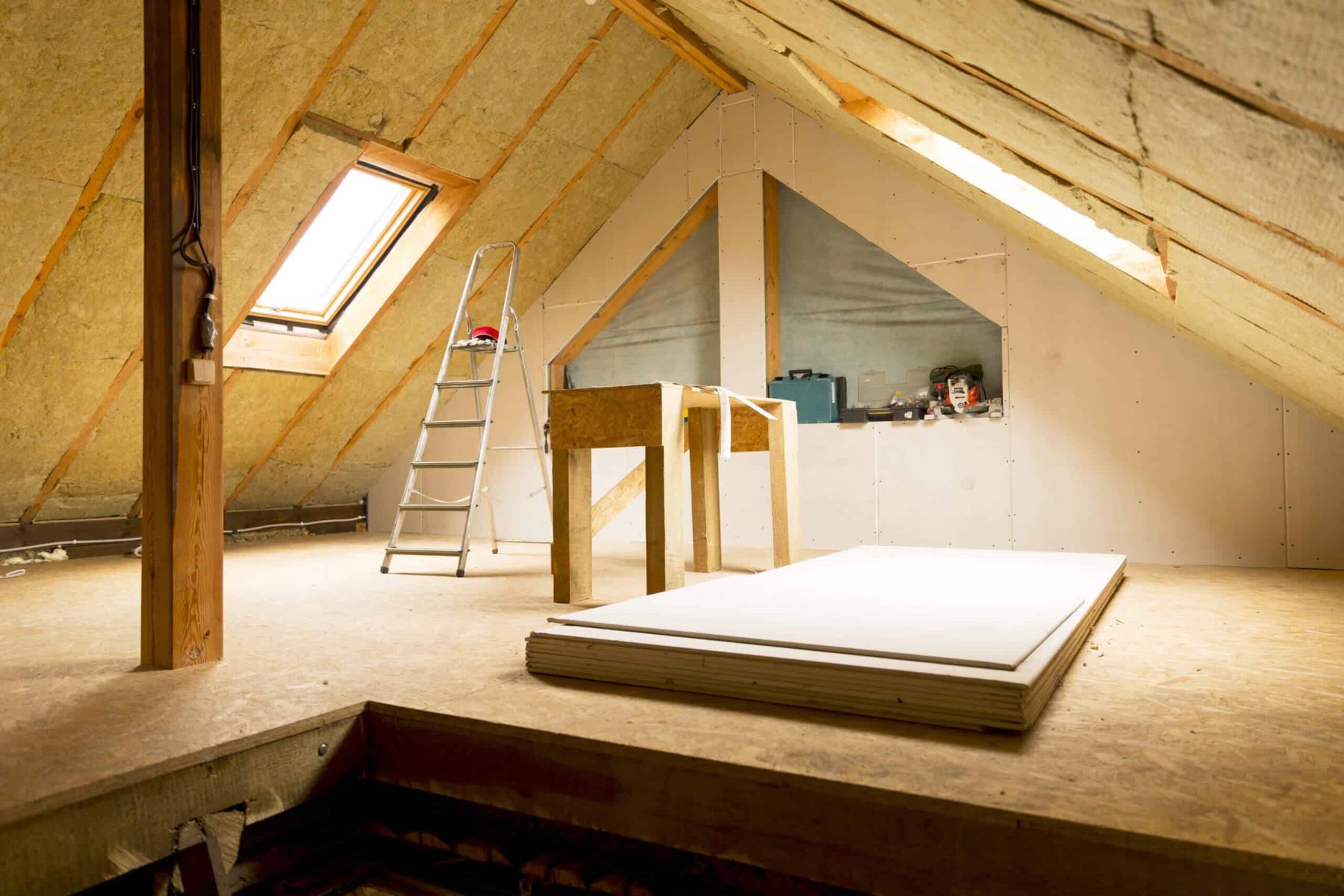

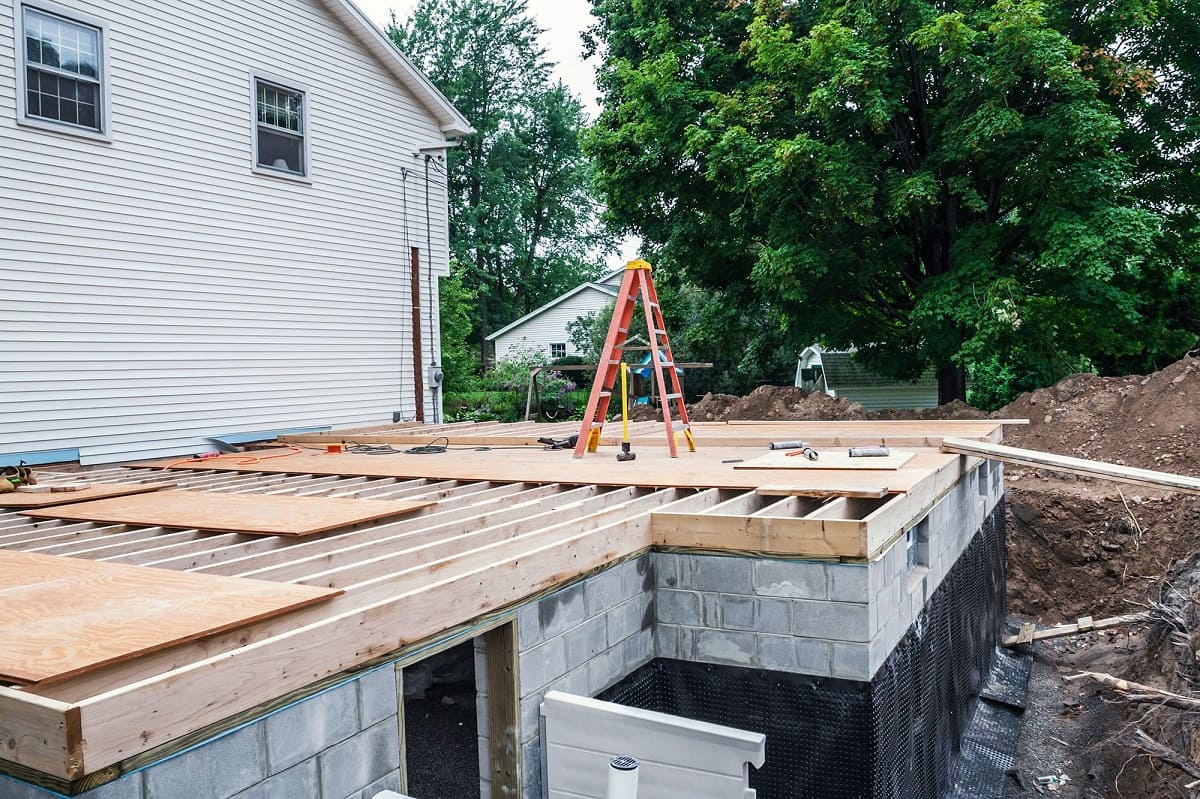
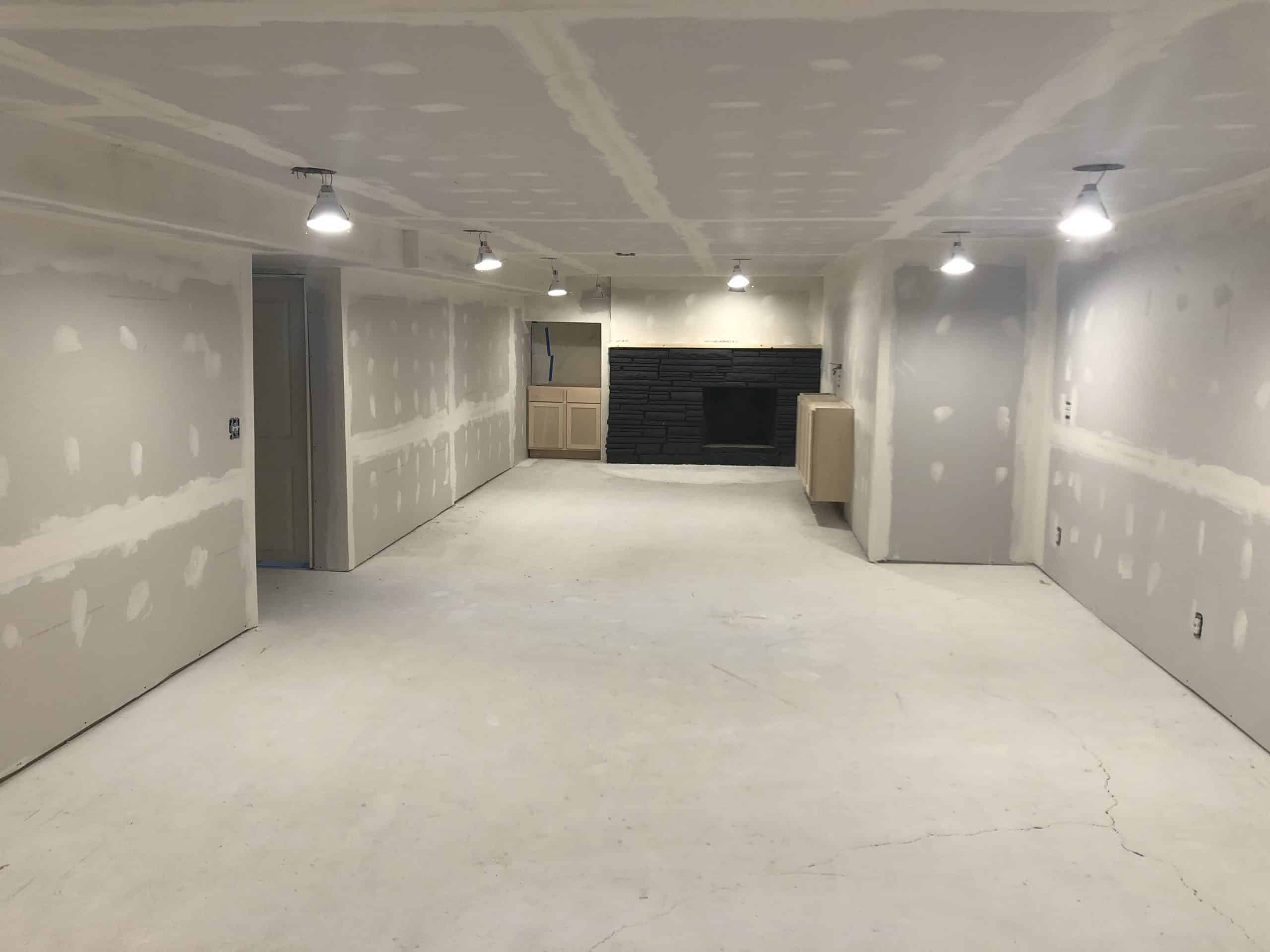
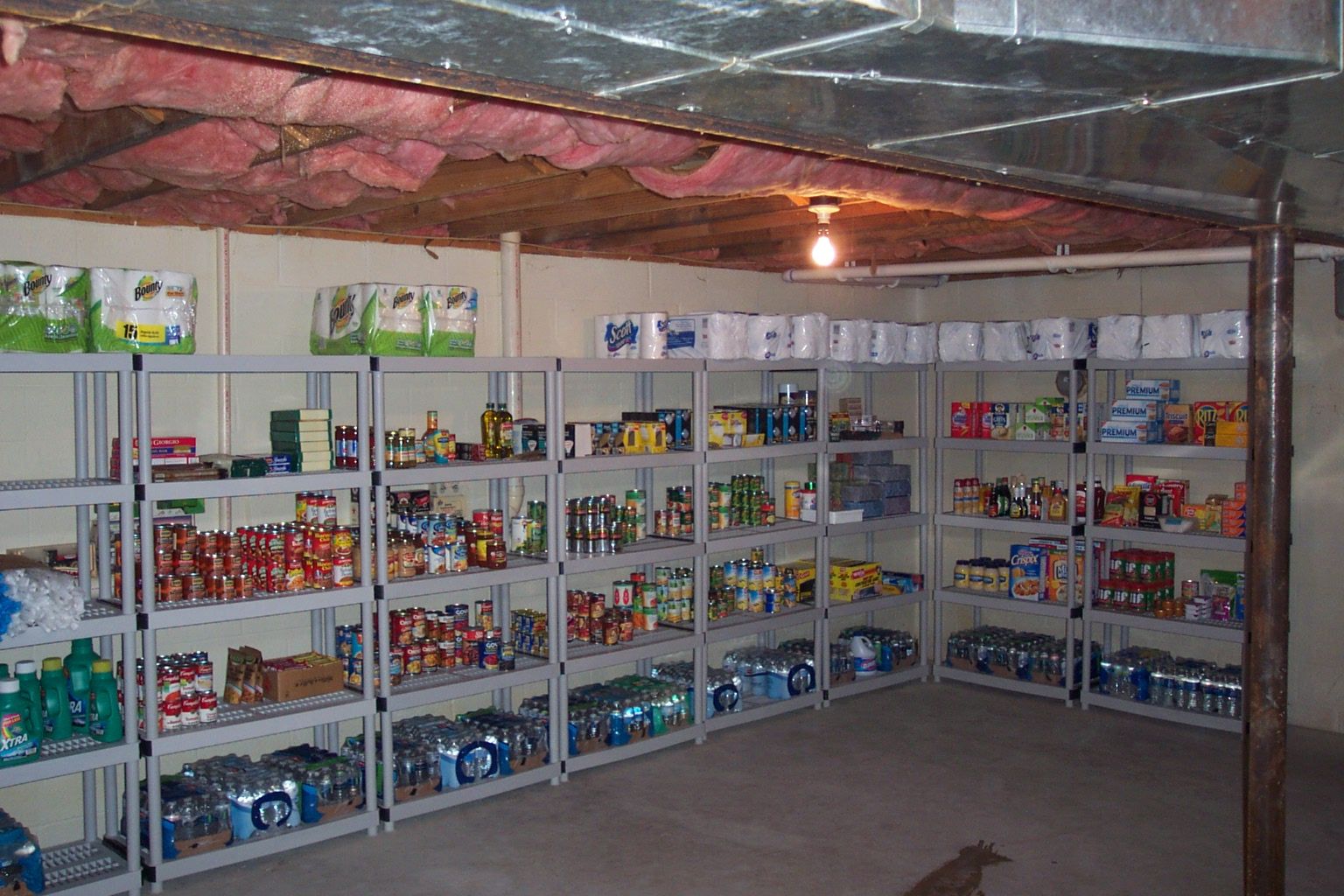
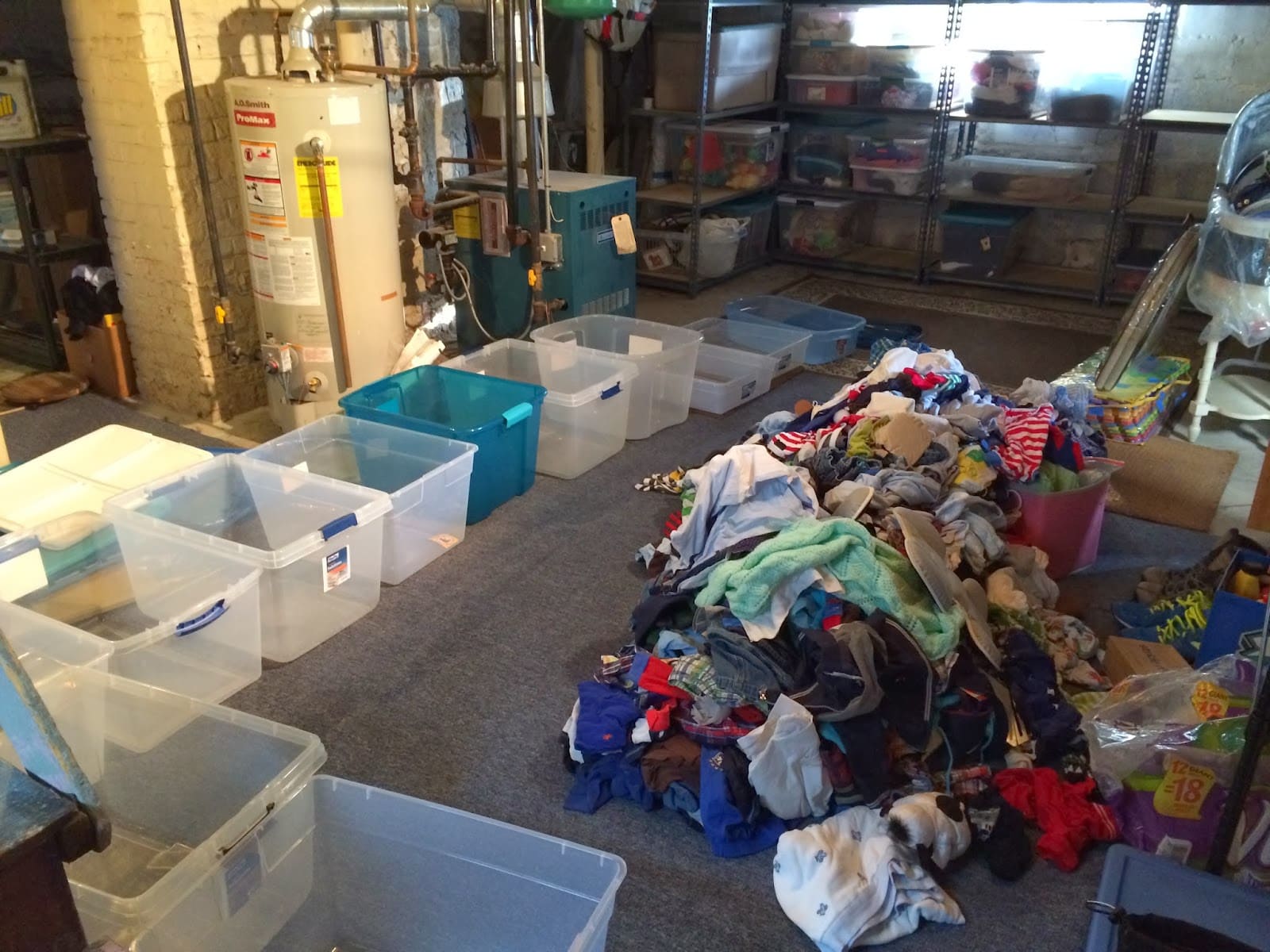
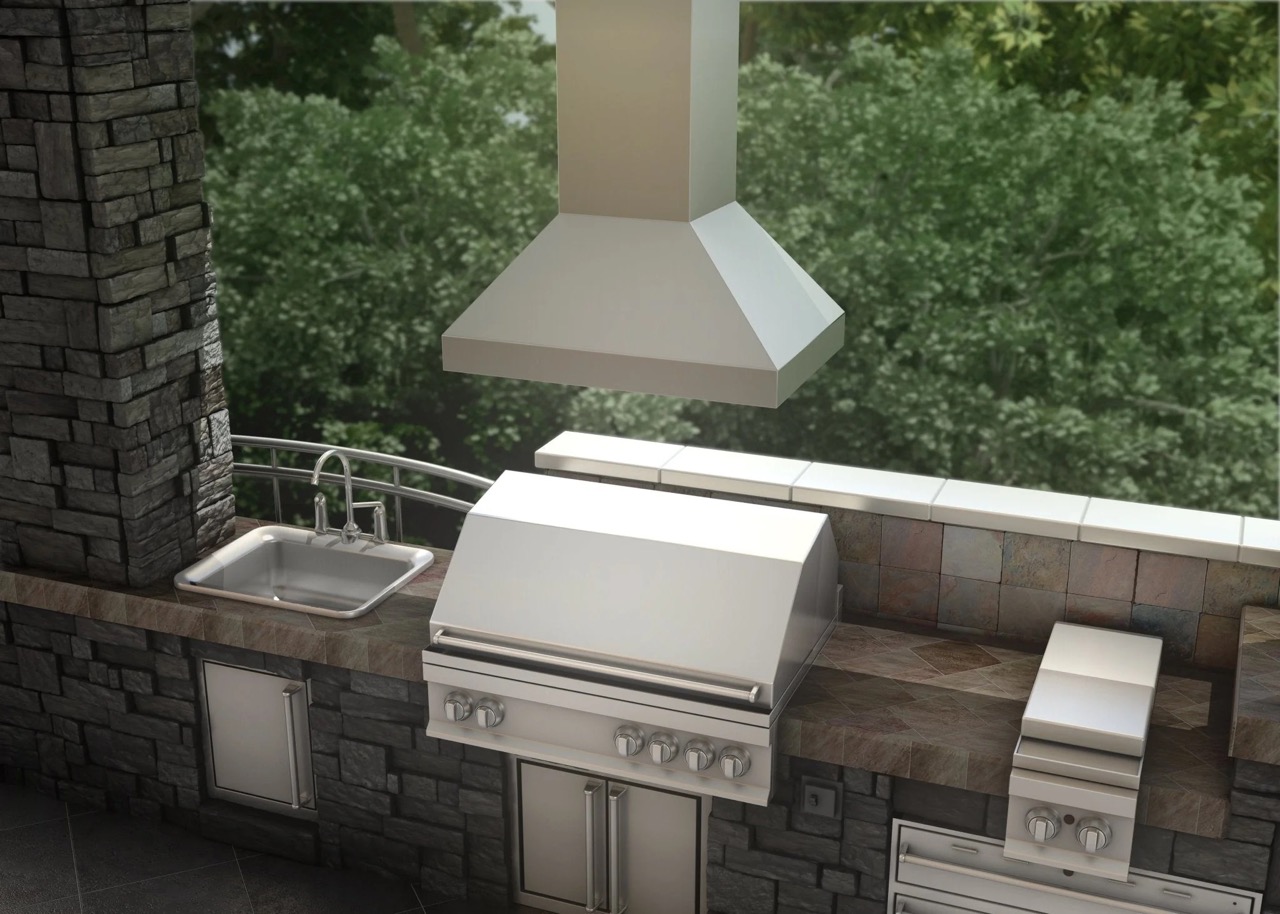
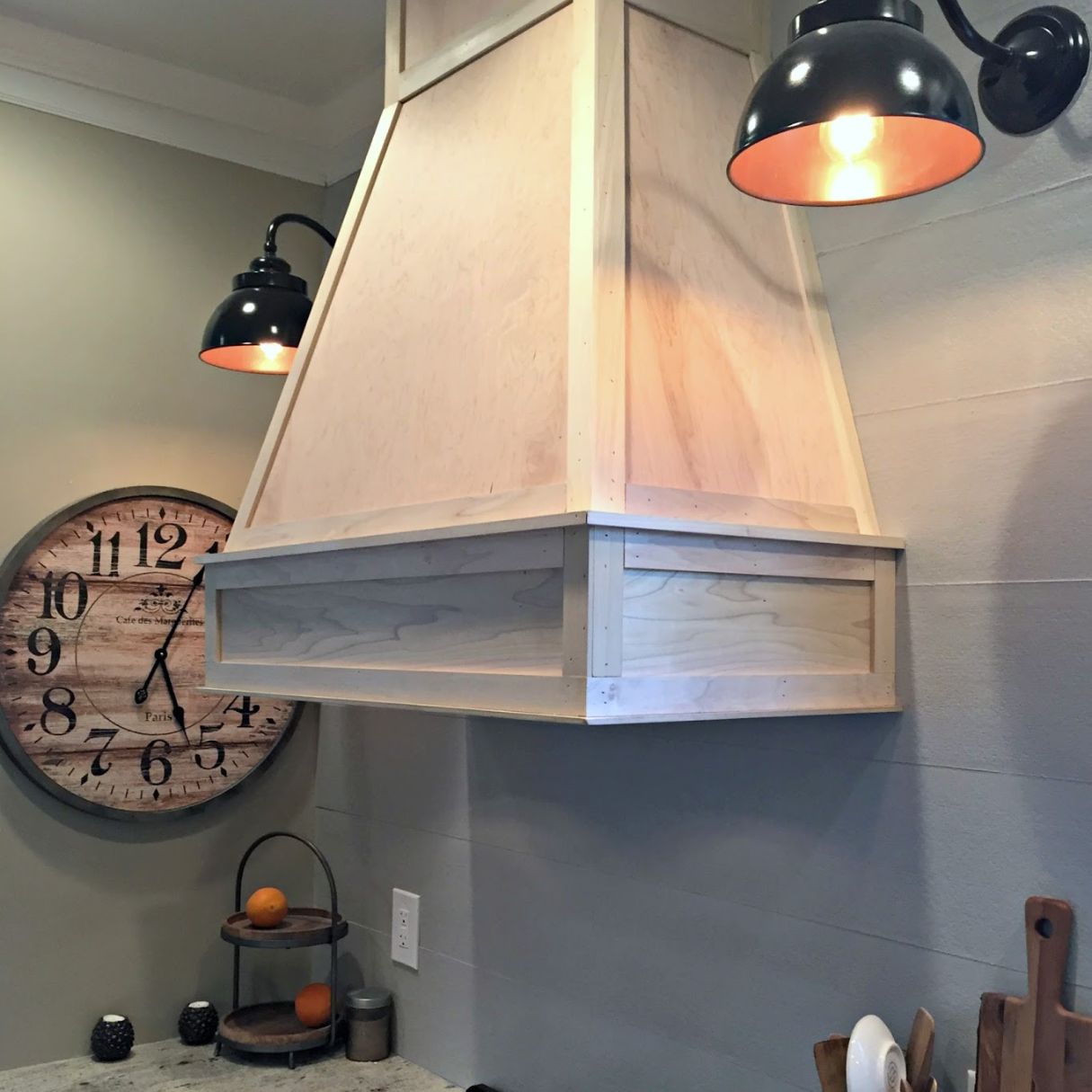
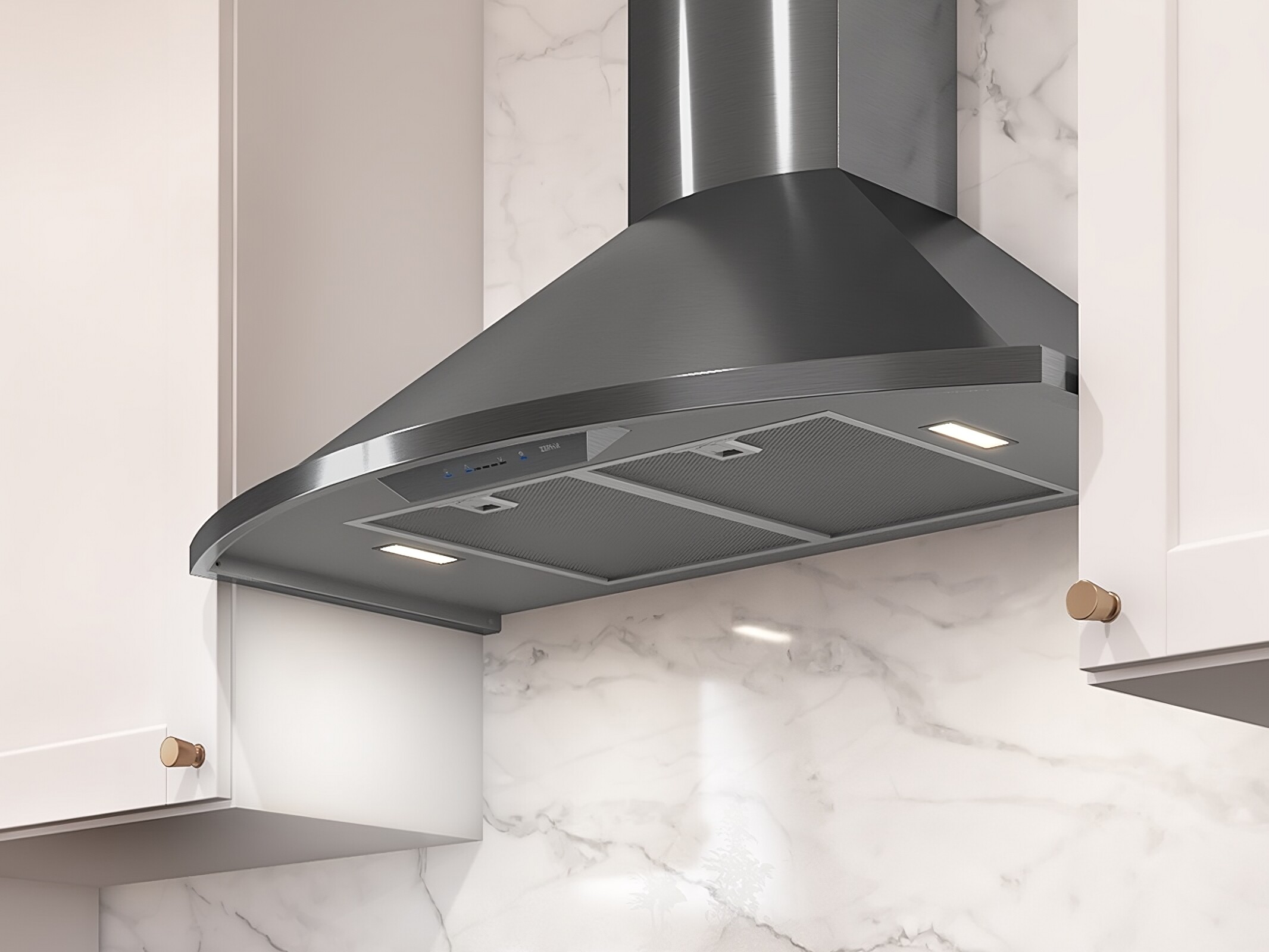
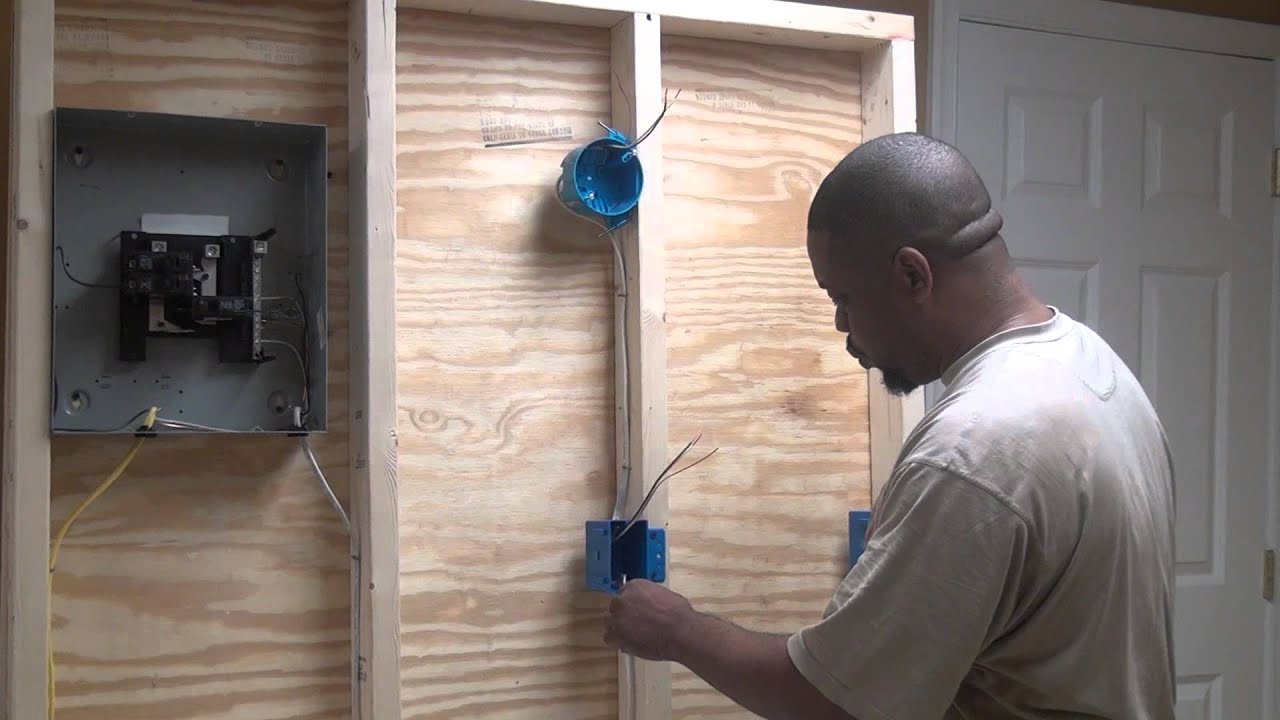

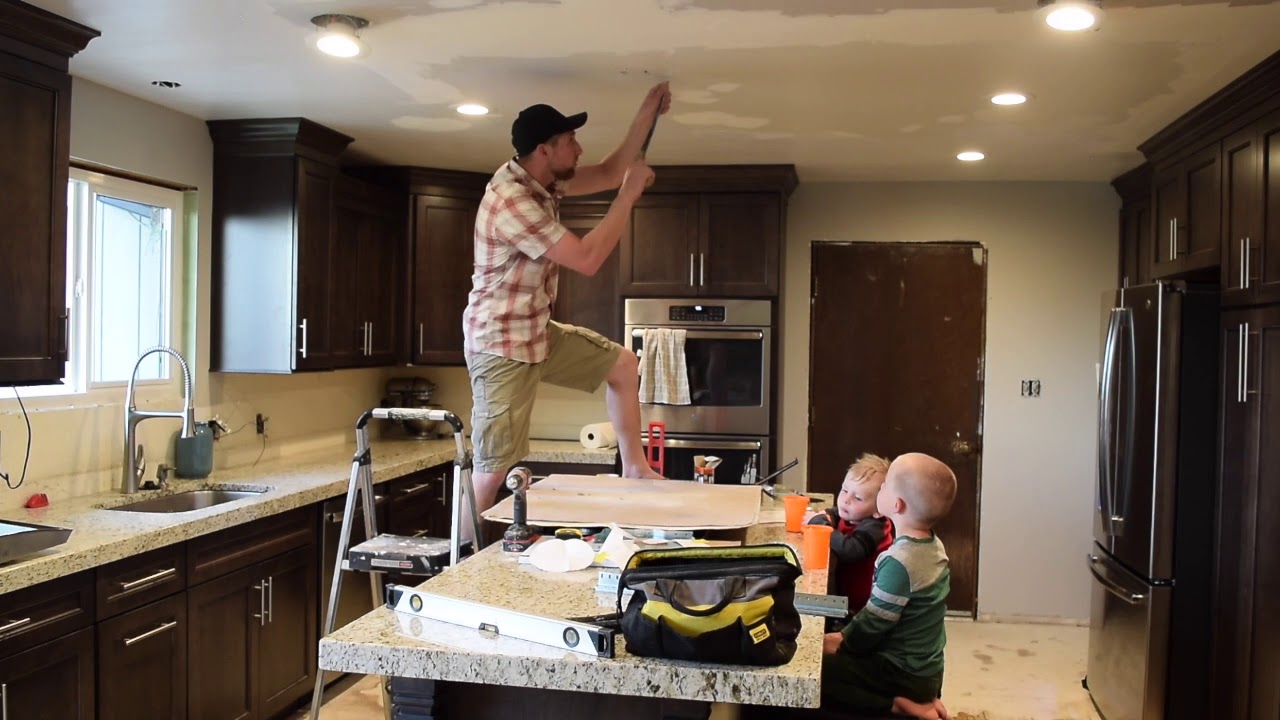

0 thoughts on “How To Ventilate A Basement”